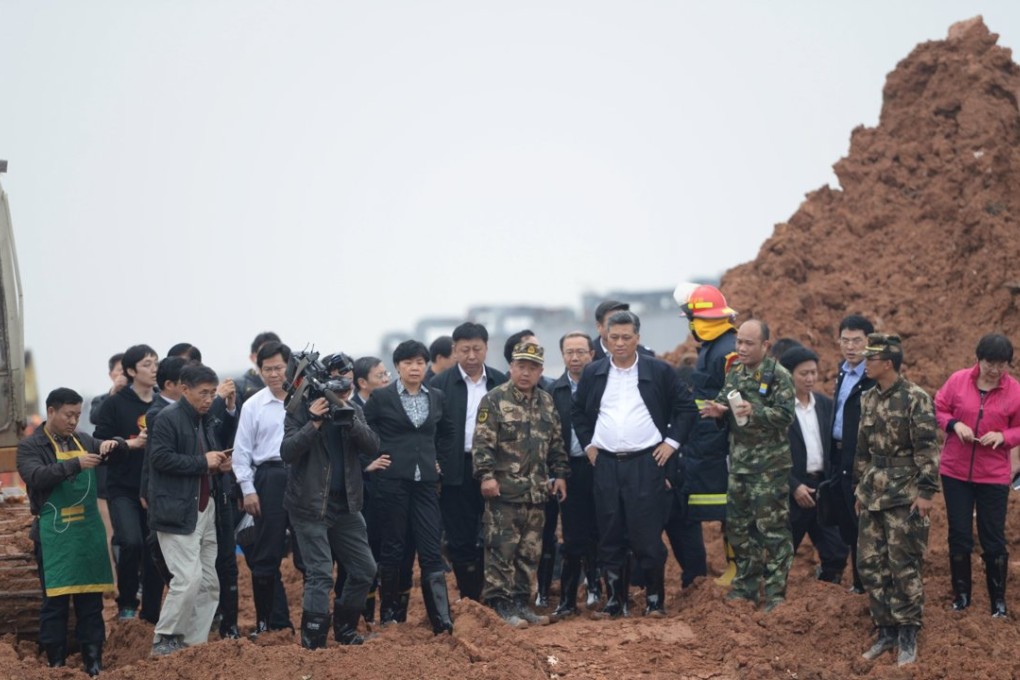Shenzhen landslide: How China creates more waste than its dump sites can handle
Cities should have regulations in place to manage how construction materials are handled but lax oversight allows illegal operations to flourish

The collapsed dump in Shenzhen has reinvigorated calls to improve handling of construction waste, a persistent concern for policymakers in Shenzhen and other cities.
Some cities, such as Foshan in Guangdong and Changsha in Hunan province, have stepped up inspections of local dump sites to prevent similar tragedy.
Li Ying, an associate professor at Beijing University of Civil Engineering and Architecture, said each city had its own system to handle construction waste. In theory, it should have regulations for each step in the process – from collecting it at the point of origin to recycling or dumping it. But in practice, trucks usually simply carry the waste late at night to points far out of town.
An urban management official in Jinan told Shandong news portal Iqilu.com that about a third of construction waste was sent to legal dump sites for proper treatment.
Another third was buried after the project was finished and the rest was often piled up close by because there was no appropriate site to accept the waste.
Only nine out of Jinan’s 44 waste dump sites with 30 million square metres of capacity, had enough room to accept materials for the upcoming year.